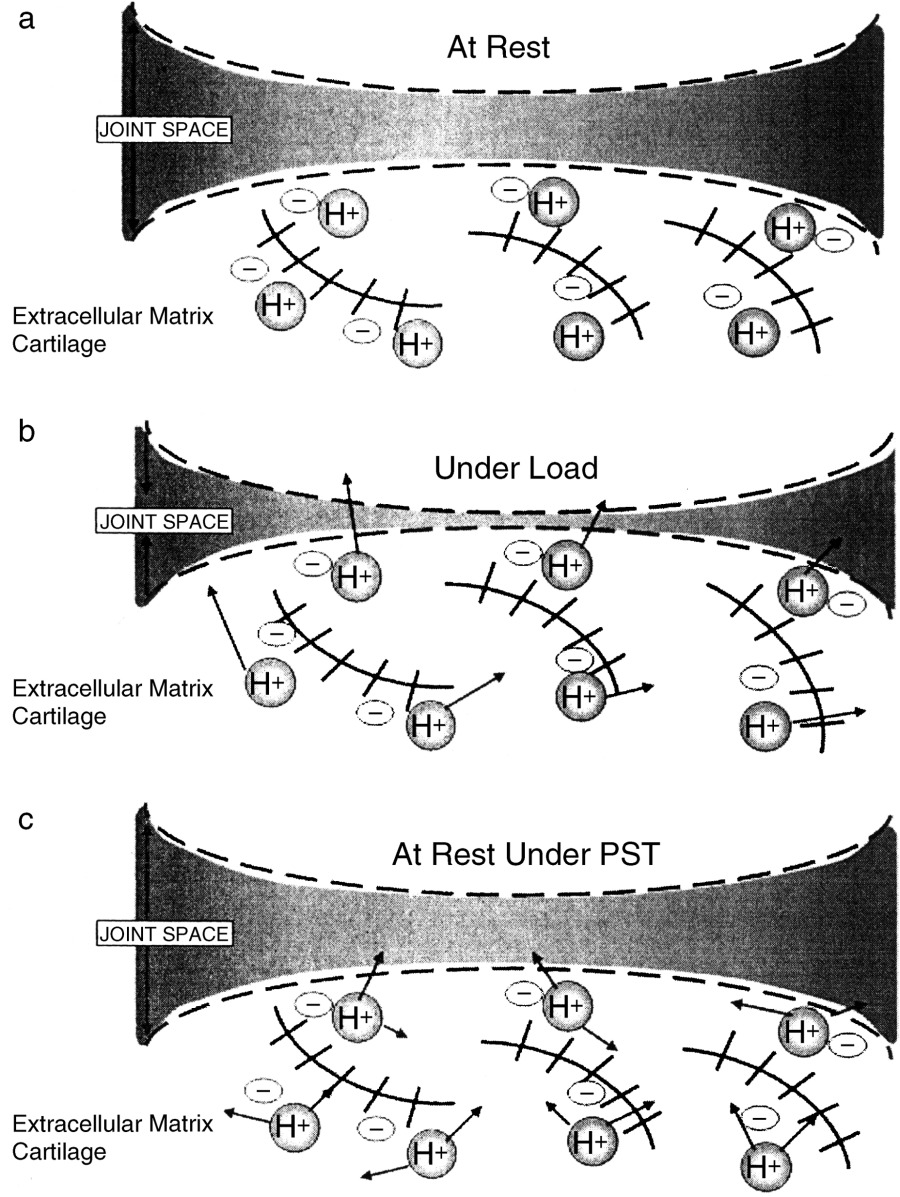
THE PRINCIPLE OF PULSED SIGNAL
THERAPY
PST® is an extension of PEMF therapy, modified to correspond to the body’s own stimulatory energy parameters
and designed to stimulate growth and repair of connective tissue. It is based on the application of a very specific type and form of signal that is carried on a pulsed electromagnetic field to the affected joint, or area to be treated. The device consists of a magnetic field generator, or control box, connected to a ringshaped coil, or other applicator, by means of an electronic interface, that emits a proprietary signal via a pulsed electromagnetic field. Different coil sizes have been designed to treat peripheral joints (knees, shoulders and wrists), the spine (cervical, thoracic and lumbar
vertebral bodies), tinnitus and dental disorders, and for veterinary applications. It employs direct current
(DC) with unidirectional, low biological frequencies in the range 10–20 Hz. The ‘wave-form’ is quasi-rectangular,
as opposed to sinusoidal, with measured field strengths (intensity) predominantly in the 0.5–1.5 milliTesla range (or 5–15 Gauss), as illustrated in Fig. 1.

Figure 1 Pulsed signal therapy with alternating pulses asphysiological stimuli.
A free-wheeling diode serves to optimize the inductance characteristics. Various frequency/amplitude combinations are switched over automatically and transmitted under continuous control during the treatment period. In this way, PST® mimics the electrical activities occurring in living organisms. Induction of treatment takes place during the first 10 min, followed by a configuration of pulsed signals that delivers the therapy over the remaining 50 min.
By delivering modulating pulsed electromagnetic signals in an alternating fashion, PST® mimics the signals generated in the body to stimulate chondrocyte activity, without subjecting the affected tissues to any load, as illustrated diagrammatically in Fig. 1. The physiologically optimal ranges epitomize both effectiveness and safety in treatment with PST®.

Figure 1 Mechanism of action of Pulsed Signal Therapy (a)charge equilibrium between hydrogen protons and negativecharge carriers in the extra-cellular cartilage matrix, no streamingpotential (b) creation of a streaming voltage potential inthe ECM during loading caused by the ‘compression’ offixed negative charged fluid forced out of cartilage tissuewith forced movement of hydrogen protons (c) generation of
streaming potentials in the joint caused by forced movementof hydrogen protons in the ECM through alternating PST®signals stimulating chondrocytes in the matrix connectivetissue.